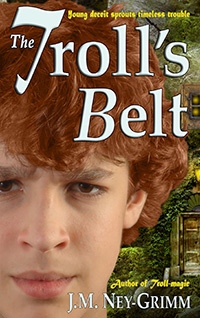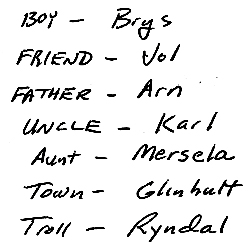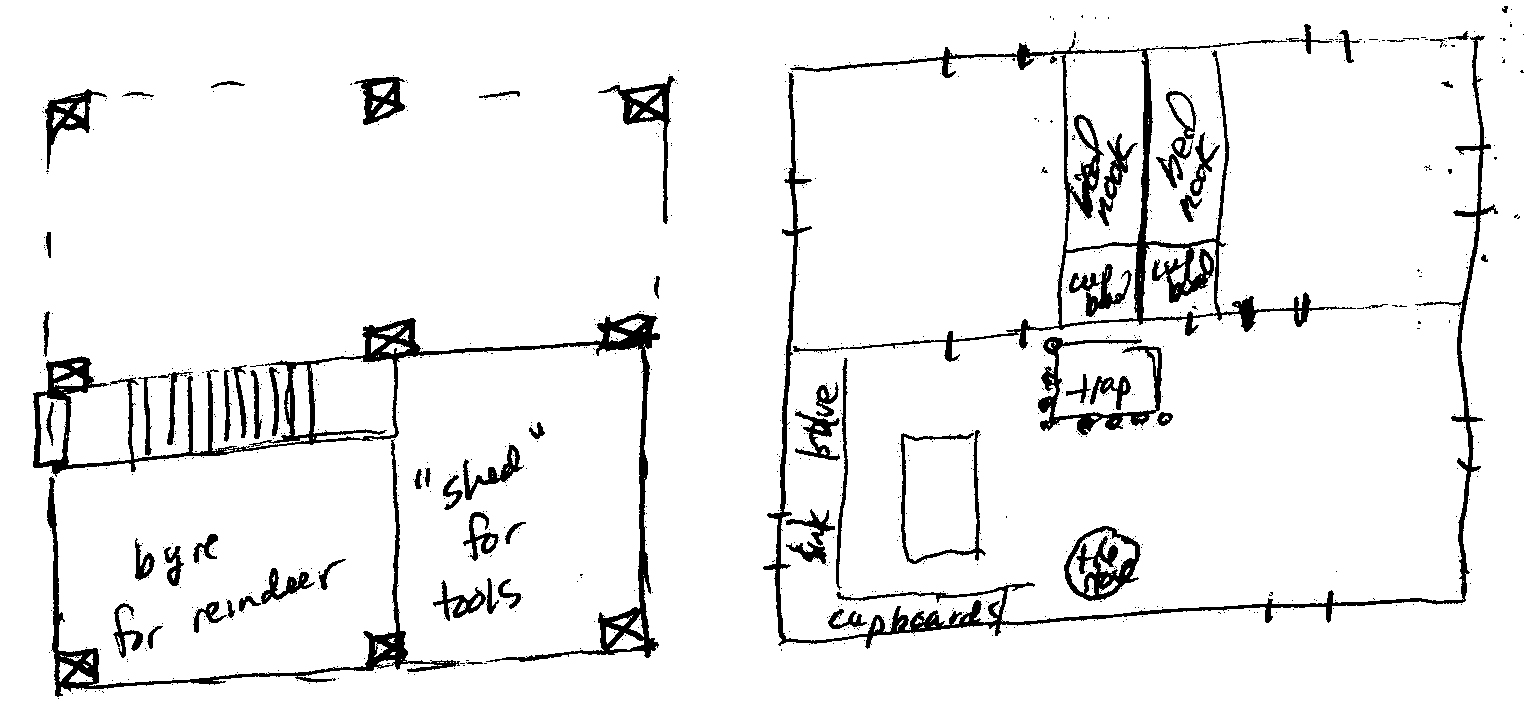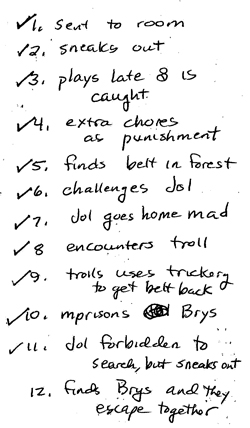The first and worst mistake I made was accepting the status quo. I didn’t talk about it. I didn’t question it. I didn’t analyze it. I didn’t seek any accounts by others describing their experiences and solutions.
It?
Writer’s block.
If I could Be Anything
The people I revered most were writers. The magic of their creations transported me to strange, exotic worlds. Their storied heroines and heroes made me laugh and cry. Their fictional delving made me connect ideas I never would have without reading their work.
If I could have chosen to be anything at all in the whole wide world, I would have been a maker and teller of stories.
But, a storyteller? A writer? You had to be someone amazing to do that: a champion, a wizard, a god. I was mere mortal. I could never climb so high.
I’d better find something more practical.
The Thrill of Beauty
Not that interior design was exactly practical. But I loved it, and I could do it. My high school counselor suggested I aim a little “higher” than that and pointed me toward architecture. Since beauty of all kinds thrilled me, architecture seemed a reasonable aspiration. I signed up for mechanical drafting class, then architectural drafting, and eventually set off for architecture school in college. Learning about architecture was fascinating, and I did have a flair for design. But I can’t say I ever displayed the flashes of genius I spotted in a few of my classmates.
Once, during an idle moment in my third year at the University of Virginia, I was assailed by the image of a witch-queen driving a flying sleigh across the sky, glorying in the rush of the quilted countryside below her. (Readers of Troll-magic, do you recognize a certain troll-queen?) The vision was so compelling, I wrote it down. Once the first paragraph was on paper, I wanted to take things further, but I didn’t know how. If there were a story to be told . . . I’d know it, wouldn’t I? And nothing came to mind.
First Break
I was getting an apprenticeship in my heart’s chosen vocation, although I didn’t know it. My best friend said: “There’s this game. I saw an ad for it. Will you play it with me?”
What? Of course I’d play a board game with her. Why did she have to make such a big deal of asking?
I found out why.
It was Dungeons & Dragons she was talking about. And “playing it” was an ongoing experience that took as many hours as you cared to give it: an afternoon, then the evening, a month of weekends, a year. Wow! I could participate in creating stories even if I couldn’t write them. I took to role playing adventure games like the proverbial fish to water. And rapidly seized on the post of “dungeon master,” the one who crafted the larger story which served as a backdrop for the personal stories of the “players.”
RPG gaming in high school naturally led to RPG gaming in college. And RPG gaming in college naturally led to . . . a job in a small game company after graduation!
Iron Crown Enterprises
I was hired to draw maps and floor plans for the published games. (Guess that architecture degree was good for something after all!) And I learned paste-up: the physical process by which words and maps and illustrations were transformed—before the days of desktop publishing—into the pages of a printed book.
Quickly there were opportunities for writing.
Of course, I was not a writer, but these were such small snippets that I could manage. And the managing was incredibly fun! I wrote about unicorns and minotaurs and naiads for a tome called Creatures & Treasures. I wrote a mini adventure for the magazine The Adventurers Club and then another and a third.
I’d already begun an opus at home on my own time. It was a story of demons and imprisonment and the inner work required for true freedom. Did I know that it was about the writer’s soul imprisoned within me? No, I didn’t, but I worked on the piece for ten years, writing sometimes just a sentence or three in a day, then letting it lie for months.
The Thrill of Adventure Games
I continued to be offered practice in my day job. I wrote the character tales at the beginning of the Narnia Solo Games. I edited Middle-earth modules and contributed to them. Then my biggest chance arrived: I wrote ‘Dawn Comes Early’ (and some introductory text) for the Lord of the Rings Adventure Game. Wow! I was flying. This was what I was meant to do!
And I could do it. I remember learning after it was released that all the designers at a rival game company were playing LORAG in their free time. Wow! My story!
I finished the home-created oeuvre of demons and freedom, and offered it to my employers. They liked it; published it. (Gethaena.) Maybe I was a writer after all. But not a “real” one. I wrote role playing modules, not “real” stories.
The judgement was overly harsh, but it held a grain of truth. The stories in an RPG module are real stories. But they aren’t entirely fleshed out until someone “plays” them. The writing contains the full beginning, middle, and end; but the story lives in the role playing. The writing is the birth, but not the living. I longed for a more complete experience.
So, what about it? Could I write real stories? I’d never really attempted it. Maybe I should try.
False Start
Eventually I did try. I sat down at my desk with pen and paper and dove into the story of Jaen Rougepied and the adventure that led to her martyrdom and canonization. I got three pages in and . . . stuck. I didn’t know what happened next. Huh. Maybe I wasn’t a writer after all. But I sure wished I were.
I tried again. This time I tried outlining the story of the lassie who let loose the stars and the moon and the sun. Years before, I’d written two paragraphs of her story and . . . stuck. Maybe an outline would get me further. It did. I completed the entire outline, but it was dead. And bore no resemblance at all to the living story I could still feel pulsing within me. I would have cried, if tears came easily to me. But they don’t, and I didn’t.
I now knew my calling, and I was not fit to pursue it. I felt leaden . . . stuck!
(Many years later, I tried again, and that tale of the sun, moon, and stars became Caught in Amber.)
What Else Is There?
I brainstormed other vocational possibilities. Graphic design drew me, but it was just an entertainment, no true expression for my heart’s song.
Then, one day I stumbled upon a book on my bookshelves. It had been sitting there unread . . . how long? I don’t really know. But the title caught my eye as I boxed up the rest of the books on that shelf. I set it aside . . . and read it: The Artist’s Way. I followed the author’s instructions, actually did the exercises. And felt something…freedom?…stirring inside. Then I dared to dream, really dream. I was an artist, for good and true. If I could chose anything at all in the world, what art would be mine?
Writing. Of course, writing. But how? I was a writer, but I was still a blocked writer. How could I free the stories inside me? They were hiding, and I could not see them.
In the bibliography of The Artist’s Way was listed another book: Becoming a Writer. I didn’t know it was the book. But it was among five I chose (from the multitude included) to check out from the library. I read Becoming a Writer, and at a certain page a light bulb flashed on in my mind.
A light bulb? No, a blazing firework, a thundering volcano, a flaring supernova. Oh. My. I never knew; I never knew. It seemed so simple, but I’d not managed to discover it myself. I needed to be told.
Real Breakthrough
This was the key to the iron gate that locked my stories in darkness beyond my reach. Dorothea Brande (the author) said: meditate on your story, really think it over; ponder your characters; immerse your mind in their world. Then, take a walk, or whatever. Let things settle. And a day or two or three later, sit down and write.
I’d tried sitting down to a blank page and surprising myself. This generated great beginnings, but nothing beyond them. I’d tried writing a long outline. That produced a long outline utterly divorced from the hidden story singing in my soul. When neither method worked, I’d concluded I wasn’t a writer. Not a “real” one.
But how was I writing all those role playing books? Ah. I was meditating (and writing) about a cavern-realm with a brassy hot sky. I was pondering a demon with long, curling, black hair who dreamed of passion and destroyed it with power. I immersed myself in the impossible imprisonment experienced by six souls born into ridiculous limitation. Gethaena was the result.
Freedom
The process natural to writing a role playing module just happened to be the process I needed for writing a story. Oh. My.
I dove in almost at once, pondering a prince who awoke in darkness, trapped in a monstrous form. In imagination, I walked the cavern-palace where he dwelt. I toured the cool, forested land spreading away from his gates. This was Troll-magic, and my inner writer was loosed at last.
It was November of 2007. I was 47. I could now begin becoming the writer I’d always wanted to be. I’d been freed; I’d been reborn. Welcome to the world.
For more memoir, see:
Waterfall and Fairy Tale
Visitor’s Surprise
For more about my writing experiences, see:
The Writing of the Belt
Dreaming the Star-drake
Behind Troll-magic
 I had no idea I’d be retelling a renowned folk tale. All I had was the really vivid mind-picture of a wide leather belt, dyed brilliant blue and studded with golden metallic stars, nestling in the reindeer moss of a pine forest. That and the knowledge that a boy would find it.
I had no idea I’d be retelling a renowned folk tale. All I had was the really vivid mind-picture of a wide leather belt, dyed brilliant blue and studded with golden metallic stars, nestling in the reindeer moss of a pine forest. That and the knowledge that a boy would find it. So the boy is imprisoned and that mad old troll is going to devour him. Then the boy’s cousin arrives on the scene, and things get even more complicated. Now I need some names. I can’t just keep saying: “the boy” and “the boy’s father” and “the wood-town.” What all do I need? Boy, cousin, father, uncle, aunt, town, troll. This time, for this story, the names just fly into my head without much searching for inspiration.
So the boy is imprisoned and that mad old troll is going to devour him. Then the boy’s cousin arrives on the scene, and things get even more complicated. Now I need some names. I can’t just keep saying: “the boy” and “the boy’s father” and “the wood-town.” What all do I need? Boy, cousin, father, uncle, aunt, town, troll. This time, for this story, the names just fly into my head without much searching for inspiration. So what did Brys’ home look like? I draw a quick floor plan. And make some notes about its idiosyncrasies: the straight door at the bottom of the stairs and the trap at its top. Then I think about what Brys and Jol look like: Brys with shoulder-length red hair; gangly; shorter than his cousin; Jol a bit larger and with long, curly, dark hair pulled back in a horsetail. What chores do the boys do? Suddenly I know that Brys and his father Arn will have an argument about chores. And the specifics of the plot unfold in my mind. I’m there. Time to start writing. On October 20, I begin: “Brys slammed the door behind him and stomped across his room in fury.”
So what did Brys’ home look like? I draw a quick floor plan. And make some notes about its idiosyncrasies: the straight door at the bottom of the stairs and the trap at its top. Then I think about what Brys and Jol look like: Brys with shoulder-length red hair; gangly; shorter than his cousin; Jol a bit larger and with long, curly, dark hair pulled back in a horsetail. What chores do the boys do? Suddenly I know that Brys and his father Arn will have an argument about chores. And the specifics of the plot unfold in my mind. I’m there. Time to start writing. On October 20, I begin: “Brys slammed the door behind him and stomped across his room in fury.” Each day thereafter I write another installment of the story. Sometimes the scene is so clear, it pours out of my pen (yes, I was writing longhand, ink onto paper) like an enchanted spring welling from sacred ground. Other times I make notes or mini outlines in my margins to get my inner storyteller going: “skip to meeting Jol who is impressed with his daring, but also pretends to object to the tunic borrowing;” or “clasp belt, sudden urgency as body joins mind, leap up, know just what to do.”
Each day thereafter I write another installment of the story. Sometimes the scene is so clear, it pours out of my pen (yes, I was writing longhand, ink onto paper) like an enchanted spring welling from sacred ground. Other times I make notes or mini outlines in my margins to get my inner storyteller going: “skip to meeting Jol who is impressed with his daring, but also pretends to object to the tunic borrowing;” or “clasp belt, sudden urgency as body joins mind, leap up, know just what to do.”